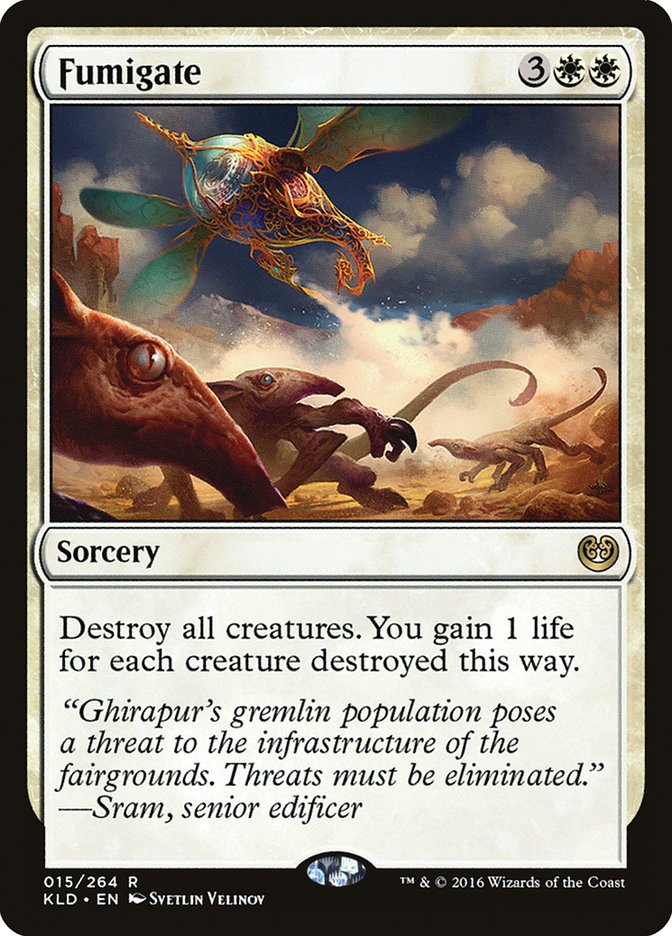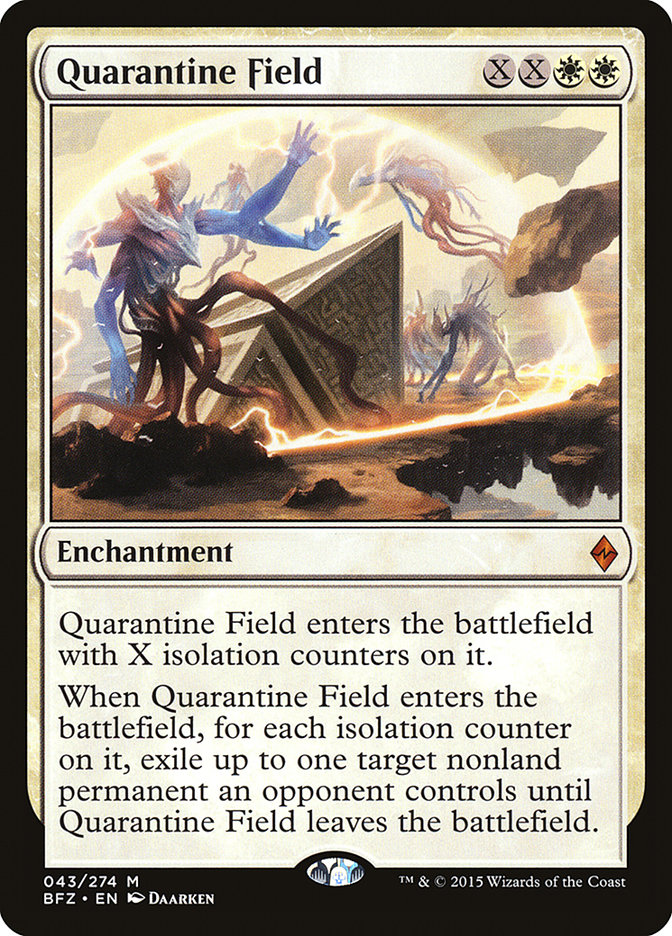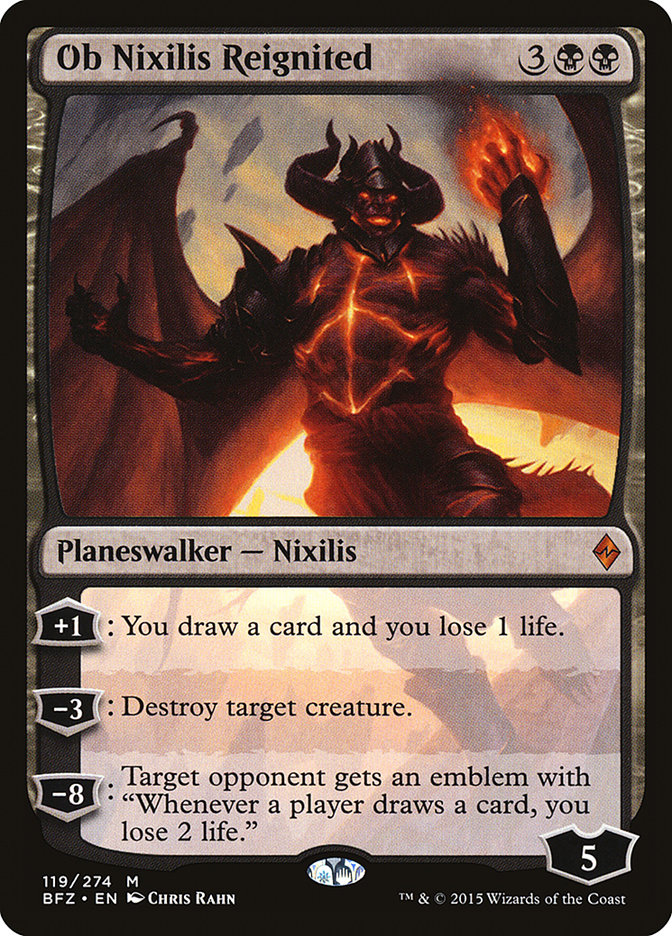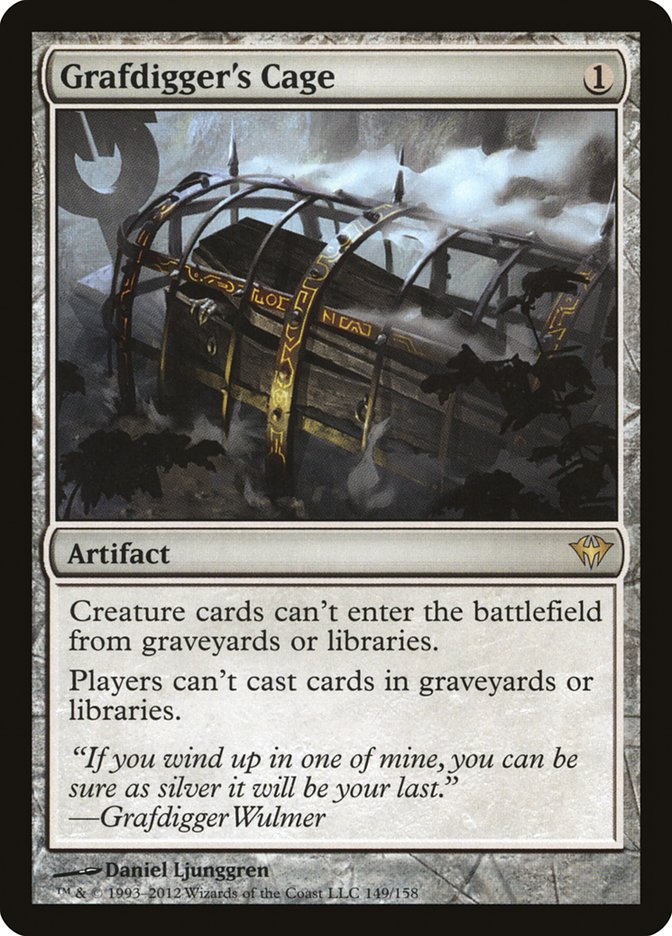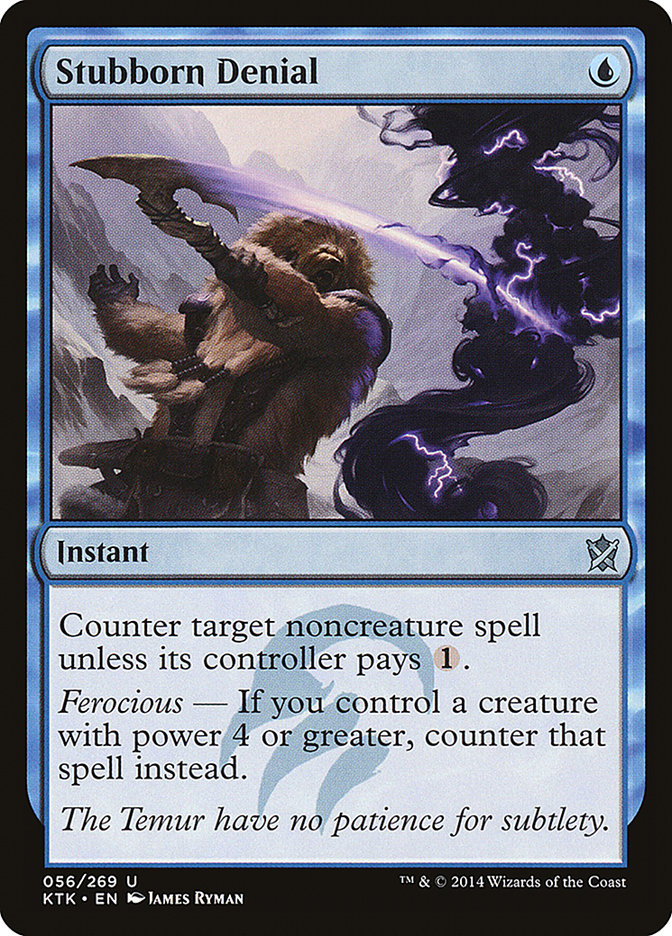Week Two of Aether Revolt Standard was basically the opposite of Week One. In Week One, we saw Jeskai Saheeli as the most popular deck on the floor, but then green and black decks taking up the top spots of the tournament. In Week Two, green and black decks were the most popular decks on the floor, with Saheeli and control decks winning the weekend.
So what changed? Well, basically, the Jeskai Saheeli pilots now had a target that they could tune their decks to beat. For a good example of this, let’s take a look at #SCGRICH winner Dylan Donegan’s first-place decklist and compare it to the decklist that I played at #SCGCOL the week before.
Creatures (6)
Planeswalkers (5)
Lands (26)
Spells (23)

Creatures (5)
Planeswalkers (7)
Lands (26)
Spells (22)

First of all, I really like almost everything that Dylan has going on, especially how prepared this deck is to beat B/G Delirium, which was the most popular deck of the tournament. B/G Delirium is filled with creatures that are not only good on rate originally, meaning the power and toughness numbers are above the curve for a normal creature compared to the converted mana cost, but also have the ability to get much larger, thanks to cards such as Rishkar, Peema Renegade and Verdurous Gearhulk.
Shock was a common removal spell played in Week One, mostly as a way to stop the Saheeli Rai combo, but it just matched up poorly against B/G Delirium. So instead of playing Shock, Dylan replaced it with Immolating Glare, which just doesn’t care at all about the size of the creature that’s attacking. Immolating Glare is the type of card that’s easy to miss when deckbuilding, but it’s the kind of card that can make or break your tournament.
Another similar change that I’m a fan of is removing the Radiant Flames from the maindeck and having access to up to three Fumigates. With Walking Ballista keeping small aggro decks in check on the weekend, the need to be able to have a cheap sweeper was lessened. Verdurous Gearhulk, however, makes the importance of having a sweeper that can destroy everything, regardless of size, much greater on its own. Seemingly small things such as replacing Shocks with Immolating Glares and Radiant Flames with Fumigates makes a large impact on the matchup, but that’s not all.
Over in the sideboard, Dylan had two pieces of technology that I proposed last week in my article “Jeskai Saheeli for SCG Richmond,” both of which I’m still a fan of. Quarantine Field is still an underrated answer to problematic permanents such as Dynavolt Tower and opposing planeswalkers. Sure it may be vulnerable to a Natural State from an opponent, but the upside of being able to take out multiple sticky threats is incredibly high. Linvala, the Preserver is a good target to be able to find from your deck with Nahiri, the Harbinger to help stabilize your life total while also having good synergy with Saheeli Rai. Having an extra threat is important against specifically B/G Delirium because you need to be able to win through Lost Legacy.
Speaking of Nahiri, the Harbinger, I like how Dylan had only one copy in the maindeck and another in the sideboard. I played three copies of the planeswalker, and although the first I would draw was frequently good, after more testing, I think that three copies is just too many. The mana curve of the deck is already very high, and there is a real chance that you won’t have the ability to get good enough value from drawing multiple Nahiris to want more than one in the maindeck.
Maybe the best part about all of these changes is that Dylan’s Jeskai Saheeli deck is basically a U/W Control deck, which allows it to play nine basic lands while still having access to red mana reliably, even with only thirteen lands that can produce red mana. Playing four Anticipate, two Oath of Jace, and four Glimmer of Genius will go a long way when looking for a red source in a worst-case scenario. Really, the only thing in Dylan’s decklist that I don’t care for are the copies of Spell Queller in the sideboard, but I have to admit they were very good for him in the finals against Four-Color Saheeli.
With the tools to adapt to the metagame, it looks like Jeskai Saheeli is the early favorite for best deck of the format leading up into #PTAER this weekend. With that being said, though, I actually jumped off the Jeskai Saheeli bandwagon this past weekend at #SCGRICH and played Brennan DeCandio’s B/G Delirium to various results. For the Open I played the same decklist as many others, including Todd Anderson who made Top 8, but plenty of mulligans later, it just wasn’t my day. I basically ran it back the next day at the Standard Classic with some experimental changes to the sideboard by taking out a couple of cards that were less than impressive Day 1, and ended up winning the event.
Let’s take a look at the changes I made and how they worked out. For reference, here’s Todd Anderson’s decklist, what I also registered Day 1, and the decklist I used to win the Classic.
Creatures (25)
- 4 Mindwrack Demon
- 2 Tireless Tracker
- 4 Grim Flayer
- 4 Verdurous Gearhulk
- 4 Winding Constrictor
- 3 Rishkar, Peema Renegade
- 4 Walking Ballista
Lands (23)
Spells (12)

Creatures (25)
- 4 Mindwrack Demon
- 2 Tireless Tracker
- 4 Grim Flayer
- 4 Verdurous Gearhulk
- 4 Winding Constrictor
- 3 Rishkar, Peema Renegade
- 4 Walking Ballista
Lands (23)
Spells (12)

The only change in the maindeck I made was adding a third Fatal Push because of the popularity of various B/G Aggro decks, which replaced To the Slaughter to keep the number of Instants the same in the deck. The sideboard was where I made the most changes, specifically taking out Yahenni’s Expertise and Lost Legacy because I didn’t believe they were necessary based on the expected metagame I believed I would face.
I replaced the two copies of Yahenni’s Expertise with two copies of Liliana, the Last Hope as another card that would be good against small aggro decks that had X/1 creatures, but also a threat to play against control. Yahenni’s expertise does a much better job fighting against Prized Amalgam decks, but B/R Zombies was already a bad matchup even with the card and I didn’t mind punting the matchup because, predictably, I played against it zero times.
The other planeswalker I added another copy of was Ob Nixilis Reignited because it’s one of the best cards in the mirror while also being fantastic against control. Ob Nixilis Reignited was one of the biggest overachievers for me all weekend, and moving forward I would want a copy in the maindeck.
Although I was able to win the Standard Classic with B/G Delirium, I’m not too excited about the deck’s position moving forward. Pretty stark difference from last week, I know. Control decks have adapted to be able to beat B/G Delirium, and unless aggressive decks emerge to keep Control decks in check, B/G Delirium will need to evolve to have more game against Control. I’m expecting this metagame to change drastically after #PTAER, but for now it looks like Jeskai Saheeli is emerging as the deck to beat.
Moving on from Standard, though, I wanted to touch on Modern today because I’ll be playing #SCGRegionals at Madness Games and Comics in Plano, TX this weekend, and my deck choice will probably be of no surprise to anyone.
Creatures (26)
- 1 Birds of Paradise
- 4 Noble Hierarch
- 4 Drowner of Hope
- 3 Eldrazi Skyspawner
- 4 Eldrazi Displacer
- 4 Reality Smasher
- 4 Thought-Knot Seer
- 2 Matter Reshaper
Lands (24)
Spells (10)

This is my decklist for this weekend, and I can’t wait to play Bant Eldrazi again in paper for the first time since #SCGORL last September. The Modern metagame is currently in flux after the bannings of Gitaxian Probe and Golgari Grave-Troll and the introduction of Fatal Push and Renegade Rallier to the format, but overall I believe Bant Eldrazi to be a solid choice right now. Dredge and Infect being “dead” is completely overstated, but there’s no denying the two decks are weaker, which helps out Bant Eldrazi.
For the most part my decklist is pretty stock without too many cards that stand out as new innovation, which isn’t always a bad thing. Consistency is a valuable commodity that’s especially hard to come by when playing four-, five-, and six-mana creatures in Modern, so I don’t want to trick the deck out too much.
One of the biggest questions I get about Bant Eldrazi is about Talisman of Progress to help out in matchups against Blood Moon. Ben Friedman used two Talismans over the Birds of Paradise and a land to much success at the Season Three Invitational in December, and the logic makes sense with Blood Moon being one of the most difficult cards to beat for Bant Eldrazi. I haven’t tested with the Talismans greatly, but I when I did, I wasn’t too impressed with them. Having a two-mana accelerator is a big difference from a one-mana one like Birds of Paradise, and although flooding out with the deck is somewhat common, I would prefer that to not having enough lands to cast my spells.
So while a resolved Blood Moon is admittedly very difficult to beat, I’m not dead to the card because of how I’ve set up my manabase to include a basic Island, which allows me to cast Eldrazi Skyspawner and Drowner of Hope and create Eldrazi Scion tokens for colorless mana sources. It’s not the best plan in the world, but I don’t expect to run into too many Blood Moons in the current format. If Blood Moon turns out to be a bigger problem than I expect, or if you see plenty of Blood Moons in your local metagame, then I would recommend replacing the Birds of Paradise and a land with two Talismans.
I originally thought I would be able to shave on a graveyard hate sideboard slot, but I quickly realized that was a mistake. Besides Dredge still being a perfectly reasonable archetype, there are other decks that rely on the graveyard that have started to pop up with less graveyard hate in the sideboard, mostly Goryo’s Vengeance and Abzan Company decks. I prefer the split because both cards have advantages in certain matchups over the other. Rest in Peace is a nice bullet against Grixis decks and Abzan that has Tarmogoyf, Grim Flayer, and Lingering Souls, while Grafdigger’s Cage is necessary to have against Collected Company and Chord of Calling decks.
Probably the biggest surprise in my decklist is the larger-than-normal counterspell package. Stubborn Denial is commonly found in Bant Eldrazi sideboards, but I’ve been burned too many times by not being able to counter the spell I needed to due to not having ferocious to want to play it. Unreliability isn’t a trait that I covet when looking at sideboard cards. Therefore three copies of Negate make the deck, along with one Disdainful Stroke which is mostly for Primeval Titan strategies but can also do work against Tron and Cryptic Command decks.
The main reason why I’m choosing Bant Eldrazi this weekend over the W/R Prison deck that I favored toward the end of last year is because of the popularity of Tron decks right now. Even with maindeck Blood Moons, Tron is one of the worst matchups for W/R Prison because it doesn’t have a fast enough clock to stop Oblivion Stone, even with an early Blood Moon. Bant Eldrazi on the other hand has a favorable Tron matchup, especially with the four counterspells in the sideboard, and that’s where I want to be for the weekend.
Both Standard and Modern are developing formats that will be fluctuating week after week as the format-defining decks emerge, which makes for the best time for deck brewers. This will be a defining weekend, from #PTAER in Standard to #SCGRegionals in Modern, and I can’t wait to see what happens.



